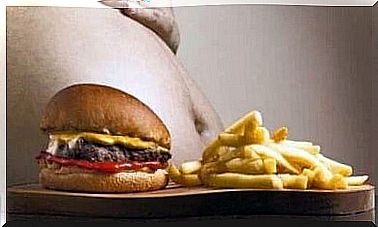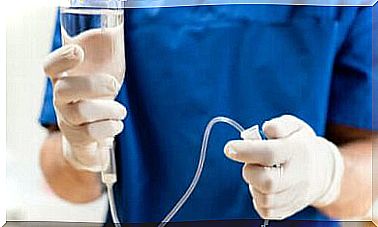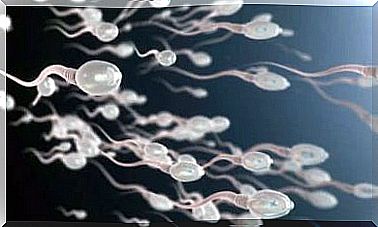Breathing Problems In Children: 6 Tips
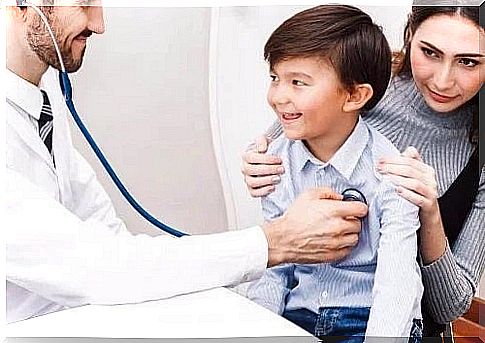
We need to be aware of the symptoms and know how to recognize the breathing problems in children. Although in most cases there may be an accumulation of mucus, difficulty breathing is a symptom that can hide other conditions. In this article, we will tell you what to do.
Respiratory problems in children (dyspnoea)
Shortness of breath or shortness of breath is a symptom that can occur with varying intensity. The child may have to stop talking to breathe.
Being a symptom, there are many conditions that can cause breathing problems in children. It can be a cold, as a consequence of the mucus that accumulates and prevents the little one from breathing well. Dyspnoea can also be caused by other conditions, such as laryngitis, bronchitis, asthma or adenoids, for example.
Dyspnoea is also a symptom of allergies, pneumonia and, obviously, suffocation. We must also mention that anxiety and stress can lead to episodes of dyspnea.
What should you do if your little one has trouble breathing?

First of all, depending on the type of difficulty your child is having, you need to decide if it is time to take him to the hospital. If the little one makes noises or hears whistles, has rapid breathing, bluish lips or if the emptying of the sternum is pronounced when breathing, he must go to the guard room to examine the child.
In addition, whether it is an emergency or not, you should consult your pediatrician about your child’s breathing difficulties so that he or she can diagnose and determine the cause of the discomfort.
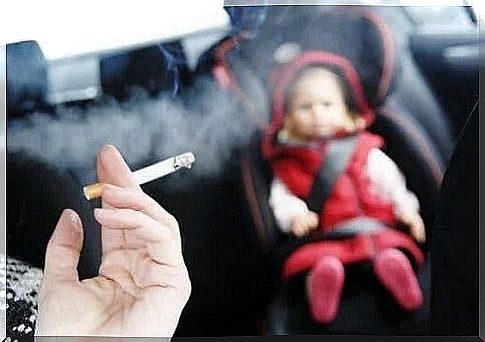
If your little one has trouble breathing, then you should avoid areas full of tobacco smoke. Take the baby immediately to a place of fresh air. Oxygen will help him feel better and calm down in the event of an acute dyspnea episode.
In any case, regardless of the severity of the breathing problems, you should not allow minors to be exposed to this type of environment.
Saline is the best remedy for dissolving accumulated mucus. It helps the baby to breathe better. In the case of babies, we recommend that you perform frequent nasal cleansing to prevent this accumulation.
In fact, nasal irrigation cleans the nasal passages, preventing them from clogging and accumulating mucus. For this reason, it helps to relieve and prevent dyspnea. However, if your little one still has trouble breathing, you should see a doctor. It could be another more serious condition.
Place the child on his back, slightly tilted
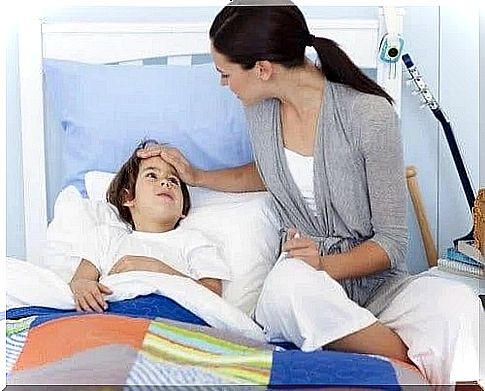
House humidity
The humidity level inside the house can relieve or aggravate dyspnea. For this reason, if you have a humidifier, you should use it to keep the humidity at an adequate level.
However, as I explained above, breathing problems in children can have different causes. Therefore, if the difficulty is acute or persists, you should consult a doctor. After the necessary tests, the doctor will be able to diagnose the problem and start treatment.
